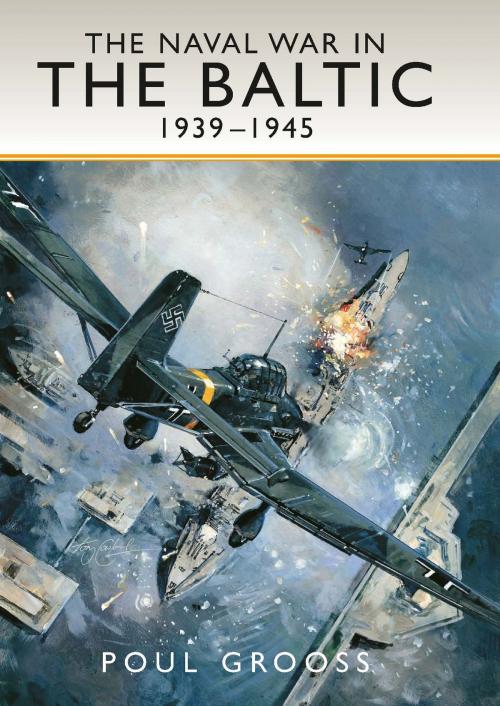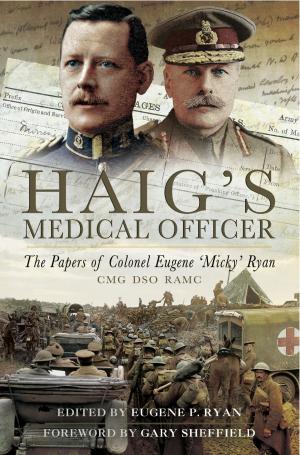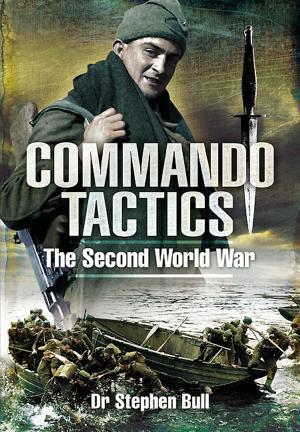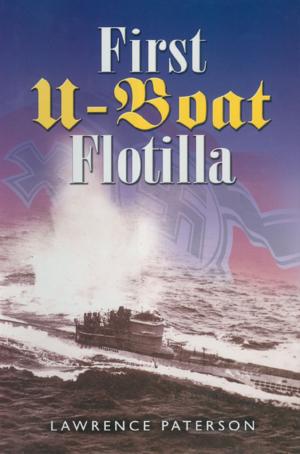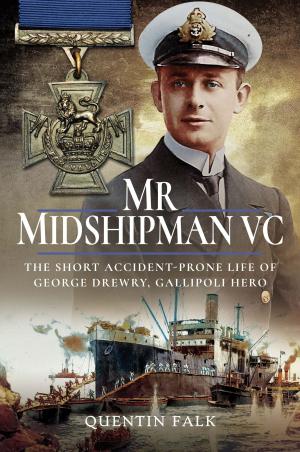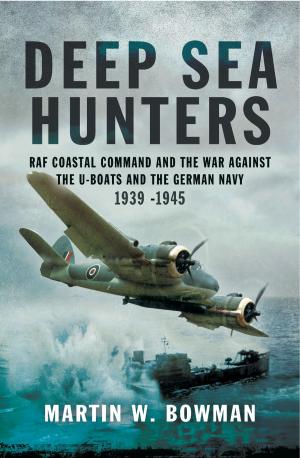| Author: | Poul Grooss | ISBN: | 9781526700025 |
| Publisher: | Pen and Sword | Publication: | April 30, 2017 |
| Imprint: | Seaforth Publishing | Language: | English |
| Author: | Poul Grooss |
| ISBN: | 9781526700025 |
| Publisher: | Pen and Sword |
| Publication: | April 30, 2017 |
| Imprint: | Seaforth Publishing |
| Language: | English |
From the shelling of the fort at Westerplatte, on the Polish coast, on 1 September 1939, to the loss of thousands of German refugees at sea in May 1945, the Baltic witnessed continuous and ferocious fighting throughout the Second World War. In this new book the author chronicles the naval warfare and merges such major events as the siege of Leningrad, the Soviet campaign against Sweden in 1942, the three wars in Finland 193944, the Soviet liberation of the Baltic states, the German evacuation of two million people from the East, and the Soviet race westwards in 1945.
There are also included fascinating insights into, until now, poorly understood topics such as Swedish cooperation with Germany, the use of the Baltic by the Germans to train U-boats crews for the battle of the Atlantic, the secret weapons trials in the remote area of Peenmnde, and the RAF mining campaign that did much to reduce the threat of new and revolutionary German submarine technology. Furthermore, the author explains how messages from Bletchley Park were the basis for the RAF attacks on German coastal regions. The political and military backgrounds of the war in this theater are explained while the details of ships, radar, artillery, mines and aircraft are all covered. This is a superbly researched work which shows how the naval war in the Baltic shaped WWII in ways that have not been fully understood. It is a major contribution to the naval history of this era.
From the shelling of the fort at Westerplatte, on the Polish coast, on 1 September 1939, to the loss of thousands of German refugees at sea in May 1945, the Baltic witnessed continuous and ferocious fighting throughout the Second World War. In this new book the author chronicles the naval warfare and merges such major events as the siege of Leningrad, the Soviet campaign against Sweden in 1942, the three wars in Finland 193944, the Soviet liberation of the Baltic states, the German evacuation of two million people from the East, and the Soviet race westwards in 1945.
There are also included fascinating insights into, until now, poorly understood topics such as Swedish cooperation with Germany, the use of the Baltic by the Germans to train U-boats crews for the battle of the Atlantic, the secret weapons trials in the remote area of Peenmnde, and the RAF mining campaign that did much to reduce the threat of new and revolutionary German submarine technology. Furthermore, the author explains how messages from Bletchley Park were the basis for the RAF attacks on German coastal regions. The political and military backgrounds of the war in this theater are explained while the details of ships, radar, artillery, mines and aircraft are all covered. This is a superbly researched work which shows how the naval war in the Baltic shaped WWII in ways that have not been fully understood. It is a major contribution to the naval history of this era.
